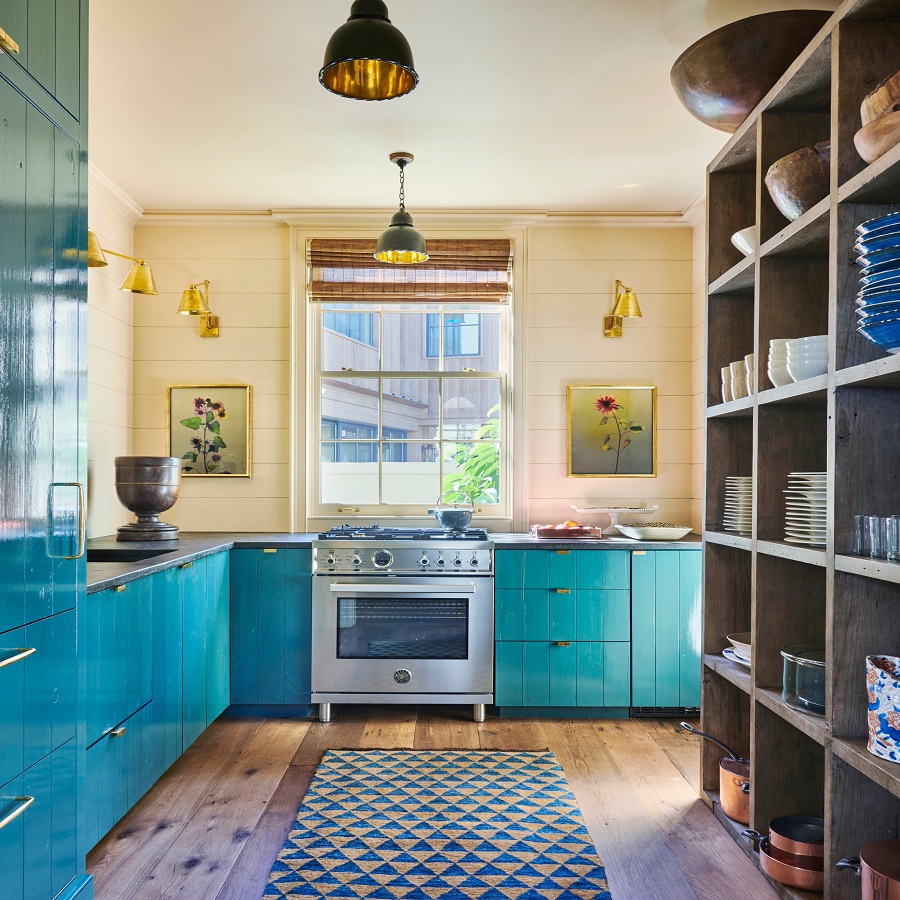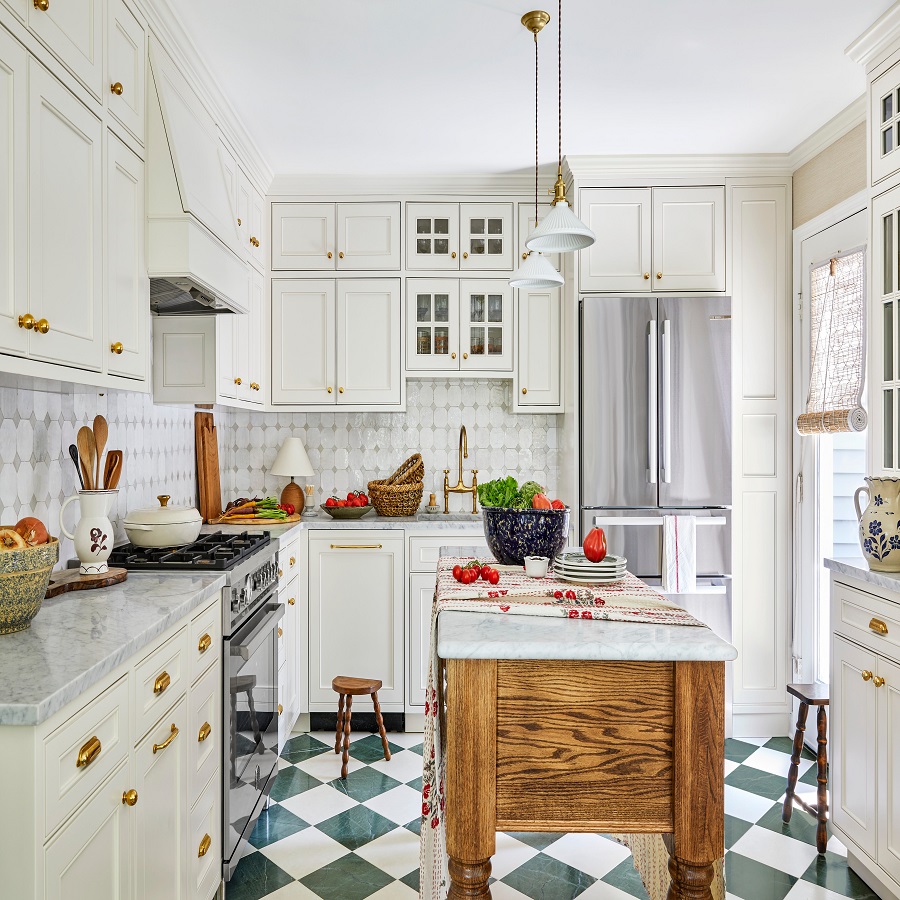Introduction
How to organize kitchen drawers – Organizing your kitchen drawers can transform your cooking and meal prep experience, making your kitchen much more efficient and enjoyable to navigate. A cluttered drawer can lead to frustration, wasting time looking for essentials that should be easy to access. Below, we’ve compiled a comprehensive guide to streamlining your kitchen drawer organization, offering practical tips and innovative ideas to get your kitchen in order.
Overview of Kitchen Drawer Organization – how to organize kitchen drawers
Importance of Efficient Drawer Arrangement
A well-planned kitchen drawer setup is key to a smooth-working kitchen. Properly organized drawers save time and reduce frustration when cooking and searching for items. Efficient drawer arrangement allows for better visibility and accessibility, making meal prep quicker and more enjoyable.
Benefits of Organized Kitchen Drawers
Organized kitchen drawers offer many advantages. They help maintain a cleaner kitchen by reducing clutter. Items are easier to find, which reduces the time spent searching. This organization can lead to less stress and a more pleasant cooking environment. Moreover, well-structured drawers can prevent damage to utensils and cookware by avoiding overcrowding and improper stacking.
Preparing for Organization
Before diving into organizing kitchen drawers, preparation is essential. Start by evaluating what you currently store in each drawer.
Assessing Current Drawer Use
Grab a notepad and jot down the contents of each drawer. Notice which items you use often and which ones rarely see the light of day. This initial step will guide your organization plan, ensuring that frequently used items are the most accessible.
Decluttering and Cleaning Drawers
Next, empty each drawer. Toss out anything that’s broken or no longer needed. If you find items that belong elsewhere, move them to their proper place. Give the drawers a thorough clean. Wipe down the interiors with a damp cloth, dry them, and consider lining them with fresh shelf liner. The goal is to create a clean slate for your newly organized space.
Structural Strategies for Drawer Optimization – how to organize kitchen drawers
Creating an effective organization system within your kitchen drawers involves strategic use of dividers and a thoughtful approach to item placement. These structural strategies help maximize space, streamline your workflow, and maintain order over time.
Using Dividers and Inserts
Dividers and inserts are key to preventing clutter in your kitchen drawers. Use adjustable dividers to create custom spaces for utensils and gadgets. Consider specialized inserts for bulkier items like pots and metal dividers for baking sheets and cutting boards. These tools offer a clear layout, making it easier to find and retrieve items quickly.
Look for inserts that fit your drawers snugly. Choose materials like bamboo or plastic that are easy to clean. If you have deep drawers, use tiered inserts to stack items without creating a jumbled mess.
Best Practices for Storing Common Kitchen Items
When it comes to everyday items, store them with care:
- Flatware: Reserve shallow drawers for cutlery, and use tray organizers to separate forks, knives, and spoons.
- Cooking Utensils: Keep spatulas, wooden spoons, and whisks in drawers near the stove. Use tall dividers to store them upright if space allows.
- Dishtowels and Napkins: Roll or fold them neatly in a designated drawer, ideally near the sink or dining area.
- Plastic Wraps and Foils: Store these in a drawer with a built-in cutter or a tidy rack to keep them accessible and organized.
Storing items in logical groups and dedicated spots makes it easier to maintain organization. Always return items to their designated place after use to keep your kitchen drawers in optimal order.
 Techniques for Specific Items
Techniques for Specific Items
Organizing your kitchen drawers can transform your cooking experience. Let’s focus on how to organize specific items effectively.
Organizing Pots, Pans, and Lids
Pots, pans, and lids often clutter kitchen drawers. Stack them smartly to avoid chaos. Use deep drawers for these items. Place pots and pans vertically if possible. Separate lids with a rack or holder. This prevents scratches and makes them easy to grab.
Storing Crockery and Chinaware Safely
Crockery and chinaware need careful storage to prevent damage. Use sturdy racks or pegboards. Arrange them by size and type. Keep plates at the bottom and lighter items on top. Add soft lining to the drawers. This protects your china from chips and cracks.
Managing Utensils and Cutlery
Utensils and cutlery can become a jumble. Use drawer dividers to keep them neat. Sort knives, forks, and spoons into separate compartments. Group similar tools together. Keep them close to the cooking area for quick access. Always place sharp items with the point down for safety.
Advanced Organizational Tools and Inserts
To further streamline kitchen drawer organization, advanced tools and inserts can play a crucial role. These specialized solutions enhance functionality and cater to specific storage needs.
Custom Solutions for Spice Storage
Spices are a kitchen essential but can often cause clutter. Consider using custom spice drawer inserts. These keep spice jars in order, with labels facing up. This makes it simple to find and grab the right seasoning. Custom inserts also protect flavors by keeping spices out of light and heat.
Using tiered spice racks inside drawers can also help. They elevate each row of spices, providing a clear view. This way, you avoid digging through a jumble of jars. For a DIY option, use small tension rods to create rows.
Implementing Vertical Storage Systems
Vertical storage is an innovative way to organize deep drawers. Use tall dividers to store items like baking sheets, cutting boards, and trays upright. This saves space and makes it easy to select the item you need.
For utensils, consider a vertical organizer. It allows you to store items like spatulas and tongs standing up. This method is great for quick access. It can also reduce the noise of utensils clattering when opening drawers.
When thinking about how to organize kitchen drawers, remember vertical systems are not just for flat items. Deep drawers can benefit from vertical storage for pots and pans as well. This way, each piece is easy to reach without removing others first.
With these advanced organizational tools and inserts, your kitchen drawers will not only look great but will function at their best, making cooking a breeze.
 Maintaining an Organized Kitchen
Maintaining an Organized Kitchen
Keeping your kitchen drawers tidy is an ongoing process. Regular check-ins and tweaks help sustain the order and efficiency you’ve established.
Regular Reviews and Adjustments
It’s smart to set aside time for reviews of your kitchen drawers. Look to do this every few months. A quick run-through can help spot items out of place or not used. Reassess your setup to find ways for improvement. Shift rarely used items to less prime spots. More frequently used items should be easier to reach. Remember, the goal is for everything to have a clear spot. This simplifies finding and returning items during busy kitchen activities.
Dealing with Miscellaneous Items
Every kitchen has a ‘junk’ drawer. It’s key to give even these items a sense of order. Use small bins or compartments to group like items together. Batteries, pens, and small tools can each have their own space. Avoid the temptation to throw in anything that doesn’t have a home. If stuff accumulates, sort it out promptly. A five-minute tidy-up, done regularly, can keep chaos at bay. This ‘everything’ drawer should be convenient but not cluttered. Label sections if that helps you keep track.
By applying these final touches on how to organize kitchen drawers, you’ll enjoy a space that’s both beautiful and highly functional. It all adds up to less stress and a smoother cooking experience.

